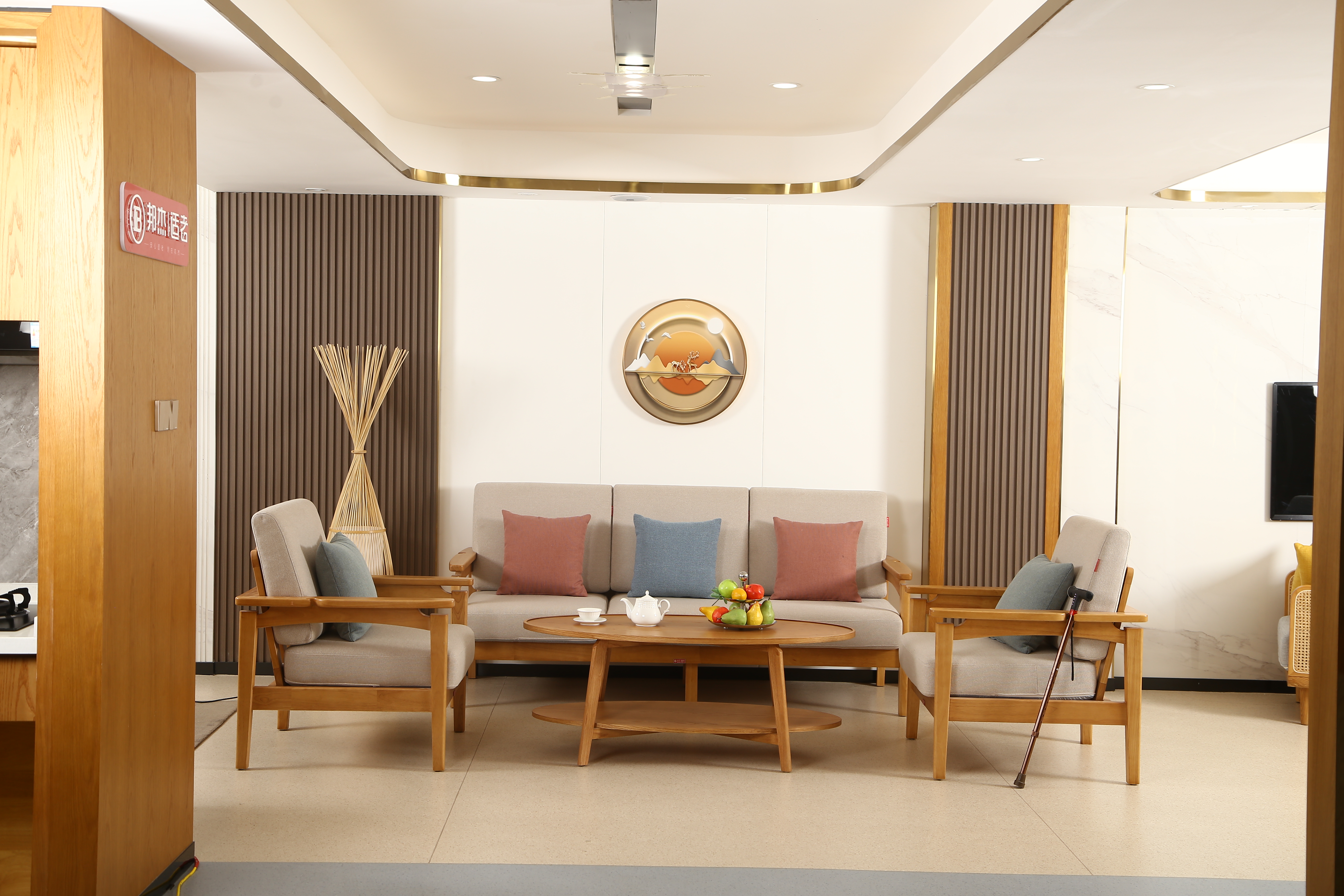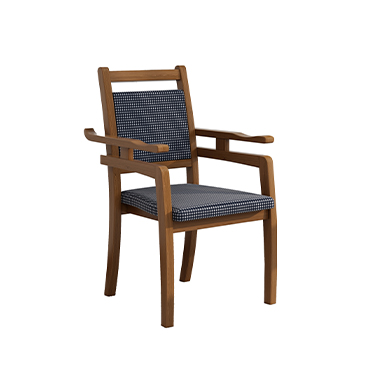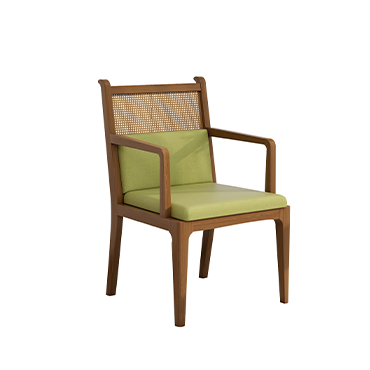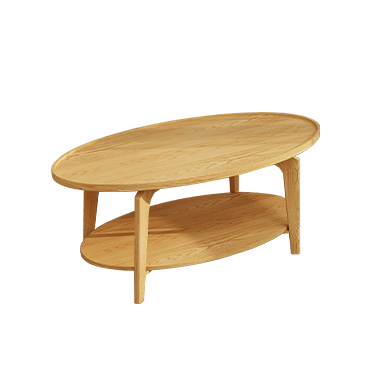Invisible Age-Friendly Design: Enhancing Convenience and Safety
The "invisibility" of age-friendly design refers to cleverly incorporating senior-friendly functions without affecting the overall aesthetic and ambiance of the home, allowing users to enjoy convenience and safety without realizing it. Here are several ways to achieve invisible age-friendly design:
1.Home-like Appearance
Wooden Materials and Warm Tones: Avoiding a hospital-like feel by using materials such as solid wood, soft padding, and fabric, making the furniture resemble regular home furnishings.
Minimalist Design: Removing obvious medical features, such as overly industrial metal armrests or visible adjustment buttons, to make the furniture more aligned with modern home styles.
2.Hidden Safety Features
Barrier-Free Design: Features like threshold-free floors or handrails hidden in walls or furniture structures, providing necessary support without being intrusive.
Cushioned Edges: Tables, chairs, and beds with rounded corners that look like ordinary furniture but reduce the risk of bumps and injuries.
Hidden Armrests: Armrests that can be folded or stored within the furniture and pulled out when needed, without affecting the aesthetics when not in use.
3.Smart but Simple
Automatic Sensor Lighting: Night sensors in floor lamps hidden under the bed or in corners to avoid bright lights while providing safe illumination.
Electric Assistance: Furniture that seems ordinary but includes features like assistance for standing up from a sofa or an electric lift for a bed, with buttons or remotes concealed on the side.
Voice Control: Reducing physical buttons and using voice assistants to control lighting, curtains, temperature, etc., making age-friendly features more invisible.
4.Ergonomics Optimization
Moderate Height: Seating and bed heights designed to meet ergonomic needs, making it easier to stand up, while looking like ordinary furniture.
Non-Slip Materials: Floors and bathrooms equipped with non-slip coatings or special textures, without compromising aesthetics.
Invisible Storage: Optimized storage spaces that reduce bending, such as drawer-style under-bed storage or side-pull cabinets.
5.Furniture that Combines Functionality and Beauty
Multi-Functional Furniture: Furniture like coffee tables with hidden armrests, swivel dining chairs, or desks with hidden auxiliary surfaces, offering functionality without being visible.
Adjustable Seating: Chairs like reclining chairs that adjust angles yet maintain a simple appearance, or dining chairs that accommodate different heights, blending convenience seamlessly with everyday home decor.
Conclusion
The core of age-friendly design is "subtle and imperceptible," providing convenience and safety without compromising the original home aesthetics. It allows elderly people and their families to adapt effortlessly, truly achieving "invisible" age-friendly design.





